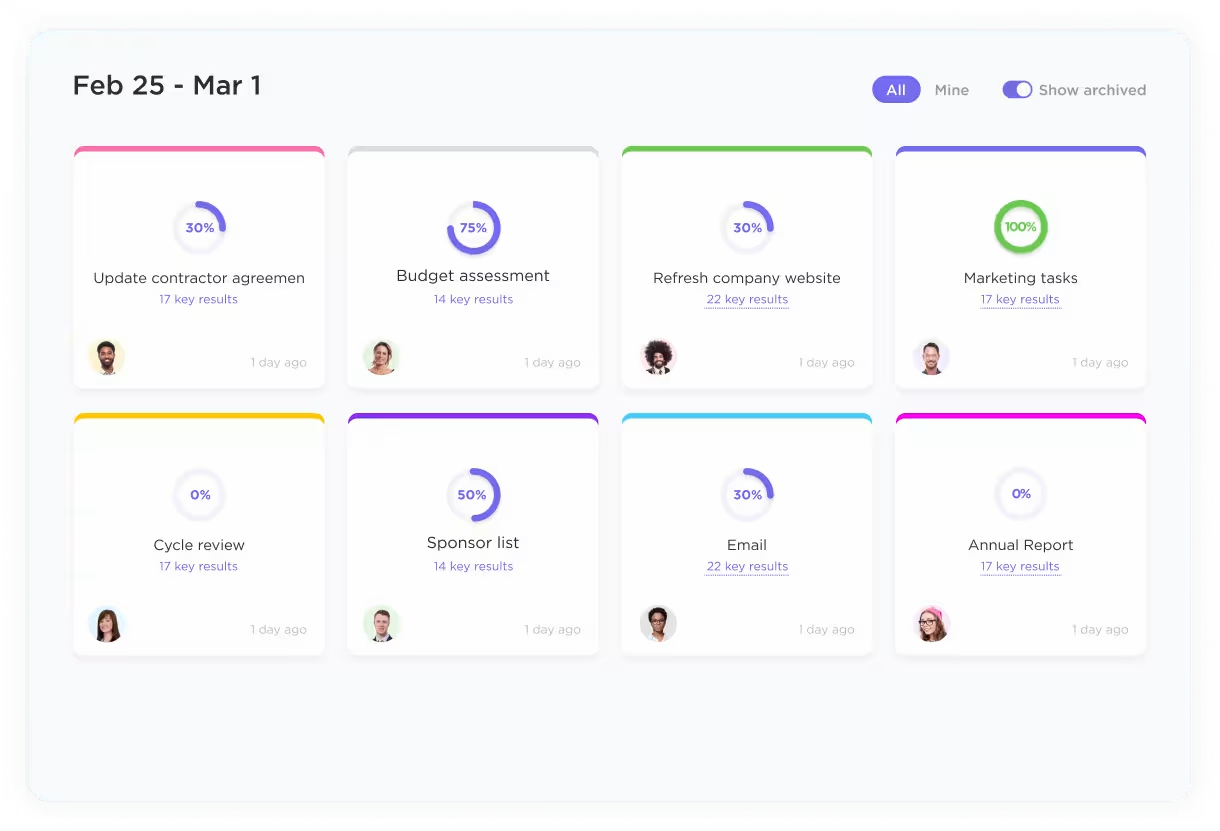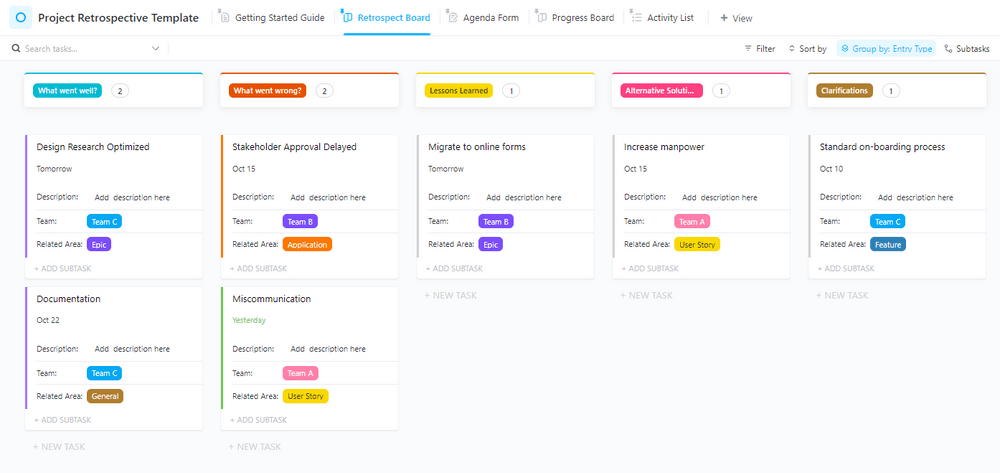Extreme Ownership Book Summary: Key Ideas and Takeaways

Sorry, there were no results found for “”
Sorry, there were no results found for “”
Sorry, there were no results found for “”

Extreme Ownership, written by former Navy SEAL officers Jocko Willink and Leif Babin, emphasizes that leadership is not about avoiding responsibility but about facing fears and taking ownership. If you haven’t read it, or don’t have the time to read the entire book just yet, this Extreme Ownership summary is for you.
The book offers crucial leadership insights drawn from the authors’ experiences as Navy SEAL task unit senior leaders. It is based on military scenarios and compares military missions with professional tasks. Highlighting battlefield learnings, it illustrates how to apply them as leadership principles in business.
It is a practical guide for building resilient teams by instilling a culture of ownership and empowering individuals to be decisive, learn from mistakes, and overcome challenges.
But before we jump into that, if you’re interested in reading more interesting book summaries, check out and bookmark our curated collection of 25 Must-Read Productivity Book Summaries (including “Extreme Ownership”) in one place. You can save, edit, bookmark, and even export it for later use.
Extreme Ownership is a battle-tested leadership guide based on the authors’ experiences as Navy SEAL officers. It teaches that leadership is about taking full responsibility, making decisive choices, and empowering teams to succeed.
Key Takeaways:
Put Extreme Ownership into Action with ClickUp
ClickUp helps teams apply these leadership principles through structured goal-setting, collaboration tools, and data-driven decision-making.

This book is a battle-tested blueprint for leaders and aspiring leaders. Whether you’re a CEO leading a company, a project manager steering a team, or simply an individual striving for personal growth, Extreme Ownership offers transformative principles that can revolutionize your approach to life and work.
It’s an important reminder that the strongest leaders emerge when they take full responsibility for their and their team’s actions.
The authors highlight the importance of taking accountability in fostering a culture of growth and learning for frontline leaders. The book also emphasizes the importance of “cover and move,” focusing more on collective success as a team instead of internal competition.
The principle of “prioritize and execute,” too, guides young professionals in making effective decisions under pressure: encourage them to focus on the highest priority task and communicate it clearly to project teams.
The book will help you understand the significance of anticipating and mitigating risks through thoughtful planning and strong execution. Here are nine more insights that you can gain from reading this book.
Whether you’re facing work challenges or dealing with life’s daily troubles, the book teaches you how to take responsibility in all situations. From SEAL missions to office boardrooms, the principle remains the same: leaders own their good and bad decisions. In other words, don’t blame external factors; look inward and keep improving yourself.
Let’s break down the book’s core ideas and takeaways to help you conquer your work or life battles.
There are nine hard-hitting life lessons you can pick up from this book. We’ve described each one.
Take full responsibility for everything in your domain. This isn’t about blaming yourself or your team members for mistakes. Having high ownership is the foundation for growth and progress. Blame-shifting is poison; ownership is the antidote.
Whining doesn’t solve problems, so focus on finding solutions and taking action. Effective leaders get things done, not make excuses.
A quick tip: Take 100% ownership of everything in your domain, including failures, successes, and the actions of your team members.
Weak leadership results in poor performance, dysfunction, and blame games. Strong leaders empower and train their team members and take responsibility for building a high-performing team.
A quick tip: If your team isn’t doing well, examine yourself. What are you doing wrong as a leader? How can you improve?
Let go of your own personal interests, agendas, and self-importance. The mission is more important than your ego. Humble leadership builds trust and encourages collaboration.
A quick tip: Stop taking things personally or worrying about your pride. Put the mission first.
Cut through the noise and focus on the vital few tasks that drive progress. Success relies on clear priorities and decisive action. This is where proactive planning plays a major role. You must have a clear idea of your objectives before you are “battle-ready”. Thinking ahead of time enables you to prepare for risks and handle them strategically.
A quick tip: Execute with the precision of a SEAL team on a mission.
Leaders create leaders, not followers. To achieve this, you must trust your team. Let them make decisions and allow them to take ownership of those decisions.
A quick tip: Ensure every team member understands the team’s mission and their role in it.
Extreme Ownership stresses the importance of clear, concise communication. Leaders are encouraged to avoid jargon and ambiguity, ensuring everyone understands their roles and objectives. This clarity simplifies processes and eliminates confusion, minimizing wasted time and effort.
A quick tip: Have a minimalist approach to leadership and problem-solving.
Support your teammates whether they succeed or fail. This leadership principle highlights the importance of teamwork, collaboration, and acknowledging every team member’s contributions to drive success.
A quick tip: Leave no one behind, and learn from each other’s experiences.
Actions speak louder than words. Be the example of the values you want your team to uphold. Integrity, resilience, and accountability start at the top.
A quick tip: Admit your mistakes, learn from them, and show accountability. Your team will follow suit.
Face challenges with optimism and relentless action. Don’t wait for perfect conditions; take initiative, overcome obstacles, and find a way to win.
A quick tip: Don’t fear imperfect decisions. Indecision is worse—it leads to inaction and stagnation.
💟 Bonus Tip: Want a productivity partner to help you along this journey? Use ClickUp Brain, ClickUp’s built-in AI assistant, to delegate and execute at scale!
“Extreme Ownership” is a tough but rewarding leadership philosophy. By adopting its principles and practices, you can develop the discipline, courage, and responsibility required for peak performance in any situation.
Here’s how:
In a nutshell, Extreme Ownership isn’t just a book; it’s a guide for leaders in the trenches. So, grab your metaphorical combat boots, internalize these principles, and charge forward. As Willink and Babin declare, true leadership begins with extreme ownership. 🙌
💡📚 Enjoyed reading this? You’ll also love our curated collection of 25 Must-Read Productivity Book Summaries. You can save, edit, bookmark, and even export it.

Whether you’re a CEO leading a company, a project manager steering a team, or someone striving for personal growth, these Extreme Ownership quotes will change how you approach life and work.
This mantra reflects the authors’ beliefs on the relationship between discipline and freedom. Maintaining a high level of discipline in personal habits, work routines, or decision-making leads to greater freedom.
For example, the discipline to consistently execute tasks and honor commitments lets you control your circumstances. As a result, you can overcome challenges more efficiently.
This quote highlights the importance of actions over words, emphasizing that leaders are defined by the behaviors they allow within their teams.
The authors stress that just talking about principles and values isn’t enough; leaders must actively enforce and uphold these standards by not tolerating behaviors that go against the established ethos. It’s a call to authenticity, urging leaders to align their actions with their stated beliefs.
In the context of Extreme Ownership, this quote reinforces the idea that leaders must lead by example and set a standard that influences the entire team. Consequences, whether good or bad, serve as a feedback mechanism that shapes the team’s behavior and reinforces the standard of excellence set by the senior leadership.
Willink and Babin state that effective leaders are not emotionless machines; instead they connect with their teams on a personal level. This quote emphasizes that being human, authentic, and relatable is crucial for leadership.
By acknowledging the human side of leadership, you can build trust, empathy, and camaraderie within your teams. The authors encourage you to be genuine, understanding, and responsive to the emotions and needs of your team members.
This quote starkly reminds us that, in any task or situation, there are external factors beyond our control. It reinforces the unpredictable nature of challenges and the need for adaptability in leadership.
Even with plans and strategies, as a leader, you must remain vigilant and flexible, knowing that unforeseen circumstances or opposition can impact the outcome.
This concept emphasizes the importance of resilience, contingency planning, and the ability to adjust strategies based on the changing dynamics of a situation.
If you enjoyed this Extreme Ownership summary, you might also enjoy Start with Why and The 7 Habits of Highly Effective People. Check them out.

Ready to turn these battlefield strategies into everyday victories? Use ClickUp as your digital command center for work and project management.
Here’s how you can leverage the features available with ClickUp to put “Extreme Ownership” into action:
Extreme Ownership emphasizes clear goals and a shared purpose. ClickUp Goals allows you to define clear goals at both team and individual levels, ensuring everyone is on the same page and working towards a shared vision. It is built for secure and reliable collaboration, even for large teams with complex projects.

Extreme Ownership thrives on open communication and transparency. ClickUp Dashboards provide a centralized hub where everyone can access project updates, team progress, and individual performance metrics.

See your work the way you want using Kanban boards, lists, calendars, Gantt charts, and more. Facilitate smarter teamwork by automating repetitive tasks, sending notifications, and managing workflows with ClickUp’s built-in automation tools.
This fosters a culture of trust and accountability, as everyone can see what’s happening and how their contributions impact the bigger picture.
Extreme Ownership focuses on continuous improvement and learning. ClickUp’s Comments features let you collect team sentiment and identify areas for improvement.

This fosters a culture of open feedback and growth, empowering individuals to learn from each other and continuously seek ways to improve their performance.
Extreme Ownership values team cohesion and shared responsibility. ClickUp Chat facilitates real-time communication and collaboration, while ClickUp Kanban boards offer a visual representation of workflows.

You can also create a seamless workflow by connecting ClickUp with your favorite tools like Slack, Google Drive, and Zoom.
It allows team members to see their work alongside others and understand their roles. This builds a sense of unity and trust and encourages team members to support and motivate each other.
Extreme Ownership values decisiveness and prioritization. ClickUp Lists offers a simple yet powerful way to organize and prioritize tasks.

ClickUp Sprints further structures workflows by establishing time-bound work periods, and focusing your team’s energy on achieving specific goals within defined timeframes.
This fosters a culture of action and execution, ensuring every team member is dedicated to the strategic mission at hand.
Extreme Ownership views failures as opportunities for growth. ClickUp Reports provide data-driven insights into team performance, identifying strengths and areas of improvement.
Use ClickUp’s Retrospective template and meeting features to facilitate open and honest discussions and gain actionable insights about failures, learning from mistakes, and making improvements moving forward.

By integrating ClickUp Project Management features into your work operations, you can create a platform that actively reinforces the principles of Extreme Ownership.
From setting clear priorities to promoting individual ownership, open communication, and continuous learning, ClickUp can be your digital partner in taking your team to the next level.
Remember, Extreme Ownership is a journey, not a destination. By following its principles and using tools like ClickUp, you can empower teams to achieve goals together. With ClickUp, you can manage tasks, collaborate in real time, and communicate efficiently. You get all the essential tools to implement the leadership principles you need.
Ready to experience the ClickUp difference?
Sign up for a free trial today and see how this powerful platform can transform the way you work. 🎉
© 2025 ClickUp